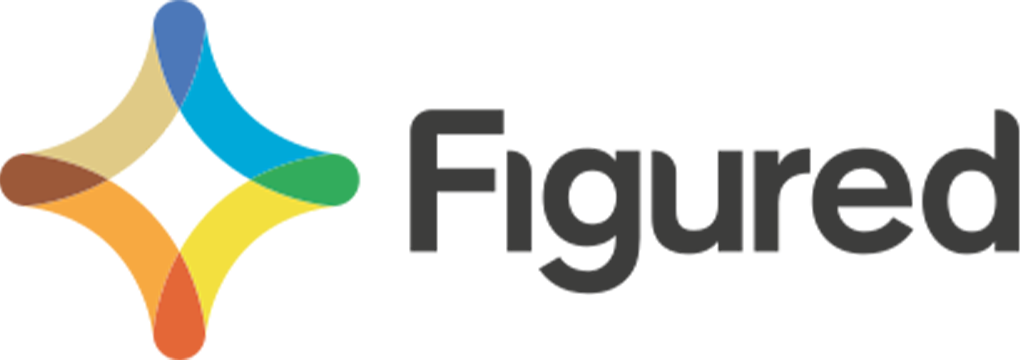Victorian State Taxes: What’s Changing in 2025 and Beyond?
Victoria’s state tax system is undergoing major reform, with implications for property owners, investors, and businesses. Here's what’s changing—and what you need to consider.
1. Emergency Services and Volunteers Fund (ESVF) Reforms
From 1 July 2025, the fire services property levy will be replaced with emergency services and volunteers fund and will continue to be collected via council rates notices.
How it’s calculated:
ESVF = fixed charge + variable charge – concession (if eligible) – rebate or other relief (if applicable)
To help reduce this rate you can make sure you have applied for all the appropriate concessions and rebates you are entitled to.
Fixed Charge - The fixed charge is based on the property’s classification and is linked annually to CPI, so make sure the classification is correct for your property.
Variable Charge - The variable charge is based on the capital improved value of the property, so if you disagree with this value, you have two months from the date of your rates notice to lodge an objection either with your local council or the Valuer-General Victoria’s website.
Concessions - Single Farm Enterprise Concession – Allows farms under common ownership to be assessed as one holding, reducing the fixed charge levy amounts. This concession must be applied for and is not automatic so check your rates notice carefully and contact your shire council if you need information on this.
Rebates - Volunteer Rebate – For CFA, SES volunteers and Shepparton Search and Rescue Squad members who own residential or farm property. They can apply for a rebate from the Vic Services website from late July 2025. Go to https://service.vic.gov.au/find-services/housing-and-property/eligible-volunteers-rebate-scheme
2. Land Tax Changes & Exemptions
Since 2024 the Victorian land tax thresholds changed with many landholders feeling the financial impact of these changes. The main adjustments were:
Threshold Adjustments
The general threshold dropped from $300,000 to $50,000 in addition to increasing the land tax rates. Land valued between $50,000 and $100,000 will have $500 to pay in land tax and those in the next banding up to $300,000 will pay $975. For full details see State Revenue Office website: https://www.sro.vic.gov.au/about-us/rates-and-statistics/current-rates/land-tax-current-rates#general24
Trusts: Trust surcharge rates have increased and apply when the total taxable value of land held by the trust is $25,000 or more, making it considerably more expensive to hold property in a trust structure. Some trusts, such as charitable trusts and non-profits may be exempt from the surcharge, and notifying the State Revenue Office (SRO) about beneficiaries can impact the assessment. https://www.sro.vic.gov.au/
Primary Production Land (PPL) Exemptions
Land used primarily for primary production may be exempt from land tax. The eligibility criteria varies depending on the location of the land (inside or outside greater Melbourne) and the nature of its use. Recent rulings have clarified what constitutes 'preparation' for primary production, which can also qualify for the exemption. sro.vic.gov.audr.www.sro.vic.gov.au
Action Point: Given the complexity and recent changes, it's advisable to review your land tax assessments carefully, as we have seen a rise in the number of incorrect assessments. If you believe an exemption applies or if you're uncertain about your liability, contact our office or the SRO directly..
3. Commercial and Industrial Stamp Duty Reform (CIPT)
From 1 July 2024, Victoria is transitioning from upfront stamp duty to an annual property tax model for commercial and industrial properties. This annual tax will be know as Commercial and Industrial Property Tax (CIPT).
How it works:
- From 1 July 2024, commercial or industrial properties will transition to the new model if they meet certain criteria when sold. Only properties that have a change in ownership will be impacted, those properties that continue to be held by the same owners with no change in use will not be affected.
- Properties will transition into CIPT reform if there is an eligible dutiable transaction or relevant acquisition, defined as an entry transaction.
- Duty is still payable on the entry transaction, then ten years after the entry transaction, CIPT will be payable if there has been no change in use.
- Annual property tax called CIPT is a flat rate of 1% of the property’s (unimproved) site value.
- Once transitioned, the property is exempt from stamp duty for future owners.
- CIPT is different to land tax, so as a commercial or industrial land owner you may be liable for both land tax and CIPT.
Note, land that is exempt for land tax purposes will normally be exempt for CIPT.
CIPT only applies to qualifying commercial and industrial land, not residential.
4. Short Stay Accommodation Levy (SSL)
From 1 January 2025, a 7.5% levy will apply to revenue earned from short-stay accommodation (e.g. Airbnb, Stayz).
Applies to:
- Residential short-term rentals (less than 28 consecutive days and excludes hotels and motels).
- Can be collected through booking platforms or if you rent your property out directly and collect the money yourself you are still liable to report and remit 7.5%.
- Based on gross revenue, not number of nights and includes add on charges such as cleaning and GST but excludes credit card fees.
Funds raised will support affordable and social housing initiatives.
5. Vacant Residential Land Tax (VRLT) – Expanded
From 1 January 2025, VRLT will apply statewide, not just to inner and middle Melbourne.
Key features:
- Applies to homes vacant more than 6 months per year.
- Annual tax of 1% of capital improved value (CIV).
- Residentially zoned land is targeted.
Some exemptions exist (e.g. deceased estates, genuine holiday homes, renovations) but are strict and must be documented.
6. Windfall Gains Tax (WGT)
Introduced in 2023, the WGT applies when land is rezoned and its value increases by more than $100,000. The amount of WGT depends on the amount of uplift, being:
- Uplift between $100,000–$500,000 taxed at a marginal rate of 62.5% on the uplift above $100,000
- Uplift of $500,000 or more will have the entire uplift amount taxed at 50%.
Can be deferred up to 30 years or until the property is sold.
There are a number of exemptions including:
- Residential land exemption
- Land entitled to a transitional exemption
- Charitable and university land
What Should You Do Now?
- Reassess land holdings, exemptions, and property usage
- Apply for eligible concessions like the Volunteer Rebate or Single Farm Exemption.
- Act early to prepare for land tax, ESVF, SSL, VRLT, WGT and stamp duty changes.
- Visit the Victorian State Revenue Office website for more information on all the above items. https://www.sro.vic.gov.au/
Need support or clarification?
We're ready to help with land tax reviews, levy planning, or assessing transaction strategies. Reach out to ensure you're not paying more than necessary. (03)5571 0111









